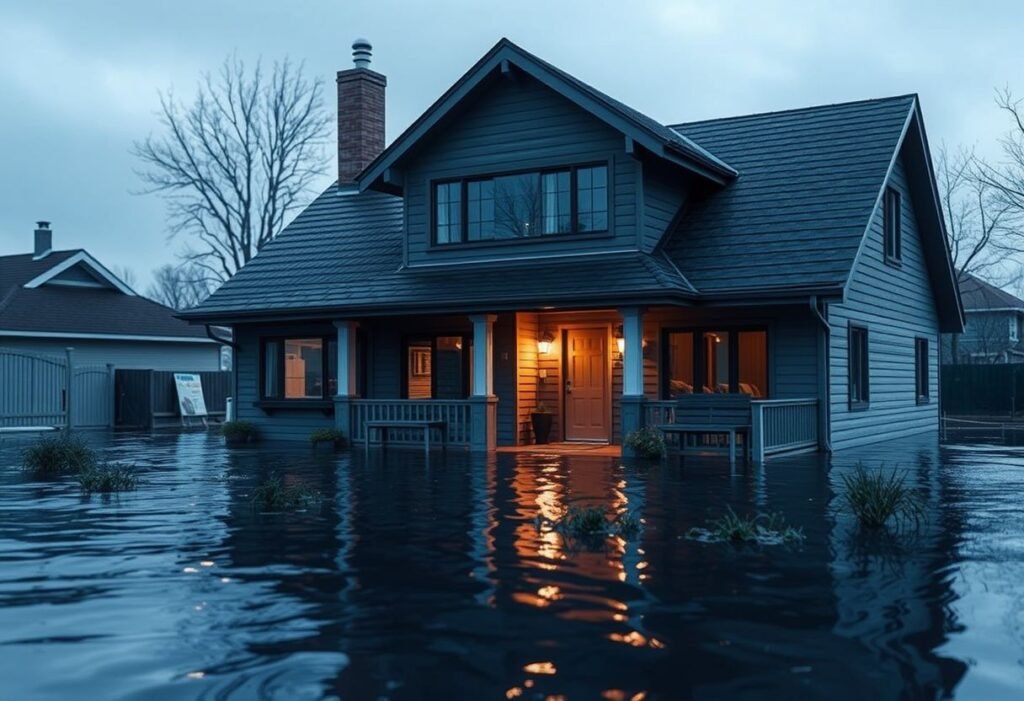Understand Your Local Risks
The first step in flood protection is to understand the potential risks in your area. Check flood zone maps and recent weather reports. Are there flood-prone areas nearby? What are the common rainfall patterns? Being informed will empower you to make better decisions regarding flood preparedness and to identify vulnerable spots in your home.
Preemptive Actions for Heavy Rainfalls
Before heavy rain is expected, it’s crucial to take specific precautionary measures. Start by clearing gutters and downspouts to ensure proper drainage. Clogged gutters can lead to water backup, putting your home at risk. Additionally, make sure you seal any cracks or vulnerabilities in your home’s foundation thoroughly.
Useful Devices for Flood Protection
In today’s technological age, various devices can assist in protecting your home from flooding. Installing sump pumps and drainage systems can be lifesavers during a flood crisis. Furthermore, humidity sensors can monitor moisture levels in basements and alert you to potential water hazards before they escalate.
Insurance Protection Against Water Damage
Home insurance is often an underrated resource when it comes to protecting against flood damage. Review your homeowner’s policy to ensure it covers flood-related incidents. Consulting with an insurance agent can help clarify what protections you have in place and whether additional coverage is needed, providing peace of mind in the face of uncertainty.
What to Do During a Flood
Even with the best precautions, disasters can still strike. Having a flood plan is essential. Know where the main water and electrical shut-off valves are located so you can quickly cut off utilities if necessary. It’s also important to document any damages with photographs for insurance claims.
Regular Maintenance of Drainage Systems
Ongoing maintenance is key to flood prevention. Regularly inspect your drainage systems and plumbing for leaks or blockages. A malfunctioning drainage system is one of the leading causes of home flooding. Additionally, routinely check seals and gaskets to ensure they are in good condition.
Conclusion
Securing your home against flooding is a significant responsibility but investing in your protection is invaluable. By following these tips, you can significantly reduce the risk of flooding in your home. Remember, it’s always better to be proactive than reactive. Don’t wait until it’s too late—take the necessary steps today to protect your home.
Disclaimer
This article is for informational purposes only. Always consult with experts to receive advice tailored to your specific situation and local risks.

















